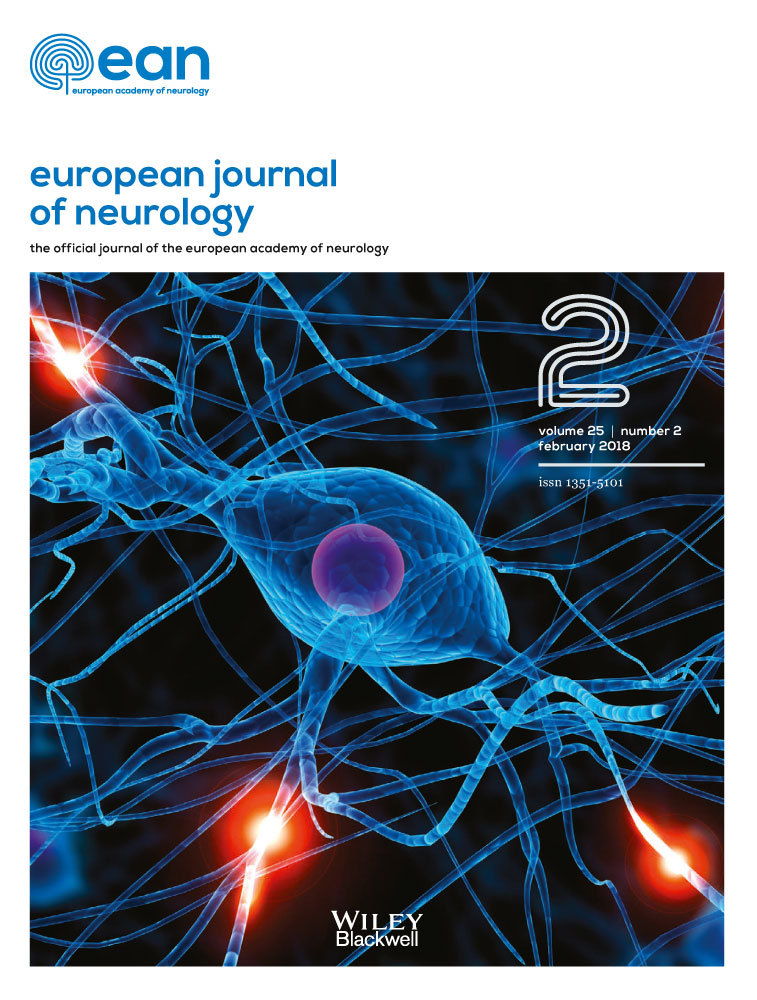More extensive white matter hyperintensity is linked with higher risk of remote intracerebral hemorrhage after intravenous thrombolysis
Abstract
Background and purpose
Remote intracerebral hemorrhage (rICH) is infrequent after intravenous thrombolysis (IVT) and its mechanism remains poorly understood. We aimed to assess its frequency and possible relationship with the severity of white matter hyperintensity (WMH) in patients with acute ischemic stroke.
Methods
We prospectively analyzed data from consecutive patients with acute ischemic stroke with magnetic resonance imaging and IVT. WMH volume was quantitatively measured. rICH was defined as intracranial hemorrhage that appears in brain regions without visible ischemic changes on 24-h follow-up imaging. Unfavorable outcome was defined as a modified Rankin scale score of 3–6 at 3 months. Logistic regression analysis was used to determine the impact of WMH volume on hemorrhage, including rICH and local parenchymal hemorrhage, as well as clinical outcome.
Results
Of a total of 503 patients analyzed, 17 (3.4%) patients developed rICH. Logistic regression analysis indicated that patients with rICH had significantly larger whole-brain corrected WMH volume (cWMHv) than those without rICH (22.90 vs. 4.42 mL; odds ratio, 1.562/10 mL; 95% confidence interval, 1.215–2.009; P = 0.001). Not only the corrected peri-ventricular WMH volume (P = 0.001), but also the corrected deep WMH volume (P = 0.013) was associated with the occurrence of rICH. cWMHv was also independently associated with local parenchymal hemorrhage (P = 0.025). rICH was not related to unfavorable outcome (P = 0.323), whereas cWMHv (P = 0.006) was associated with unfavorable outcome.
Conclusion
An increased occurrence rate of rICH after IVT is related to more extensive WMH, which may suggest underlying whole-brain vascular injury in patients with WMH.




